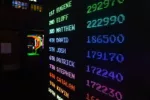Are you interested in data analytics but unsure of where to start? You aren’t alone! With so many different paths, processes, and resources available online – it can be overwhelming for aspiring data analysts.
But don’t worry, because we’ve created a beginner-friendly roadmap that will bring clarity to the world of data analysis! In this video, you’ll find actionable steps on how to get started as a successful data analyst – without any unnecessary jargon.
So tighten your seatbelts, roll up your sleeves and let’s dive right into the adventure of becoming a top-notch Data Analyst!
- Get comfortable with Excel.
- Learn a programming language.
- Get familiar with SQL.
- Learn statistical methods.
- Learn data visualization techniques.
- Find a mentor.
- Get experience working with data.
Get comfortable with Excel.
If you want to become a data analyst, you need to be comfortable with Excel. Excel is a powerful spreadsheet application that can be used to organize, analyze, and visualize data.
While there are other spreadsheet applications available, Excel is by far the most popular and widely used.
There are numerous online resources that can help you learn how to use Excel, so take some time to familiarize yourself with the application.
Learn a programming language.
While you don’t need to be a programmer to become a data analyst, it is helpful to know at least one programming language. Programming languages can be used to automate tasks, clean data, and perform complex analyses.
The most popular programming languages for data analysts are Python and R. If you’re not sure which language to learn, start with Python as it is relatively easy to learn and has a large community of users.
Get familiar with SQL.
SQL is a special-purpose programming language that is designed for managing data in relational databases.
As a data analyst, you will likely be working with large amounts of data stored in databases, so it is important to know how to query this data using SQL. There are many resources available online that can help you learn SQL, so take some time to familiarize yourself with the basics of the language…
Learn statistical methods.
Statistical methods are used to analyze data and draw conclusions from it. As a data analyst, you need to be familiar with a variety of statistical methods so that you can effectively analyze data and communicate your findings.
There are many resources available online that can help you learn about statistical methods, so make sure to spend some time learning about the topic.
Learn data visualization techniques.
Data visualization is an important skill for data analysts as it allows them to effectively communicate their findings to others. There are many different software applications that can be used for data visualization, but the most popular ones are Tableau and Microsoft Power B.I.
If you’re not sure which software to use, start with Tableau as it is relatively easy to learn and has a wide range of features.
Find a mentor.
One of the best ways to learn how to become a data analyst is to find someone who is already working in the field and ask them for advice. This person can act as a mentor and provide you with guidance on what skills you need to develop and what challenges you may face in your career.
If you don’t know anyone who works as a data analyst, try searching for mentors online or attending meet-ups or events related to the field.
Get experience working with data.
While classroom learning is important, there is no substitute for real-world experience when it comes to becoming a data analyst. To get experience working with data, try volunteering for projects at work or participating in online competitions such as Kaggle challenges. You can also look for internships or entry-level jobs at companies that work with data.
You’ve taken the first step to become a data analyst just by being here!
CONGRATULATIONS. Now that you know what it takes to get started in data analytics, it’s time for you to take action and start learning more about how to code, process data, and find insights that can help organizations make better decisions.







Leave a Reply